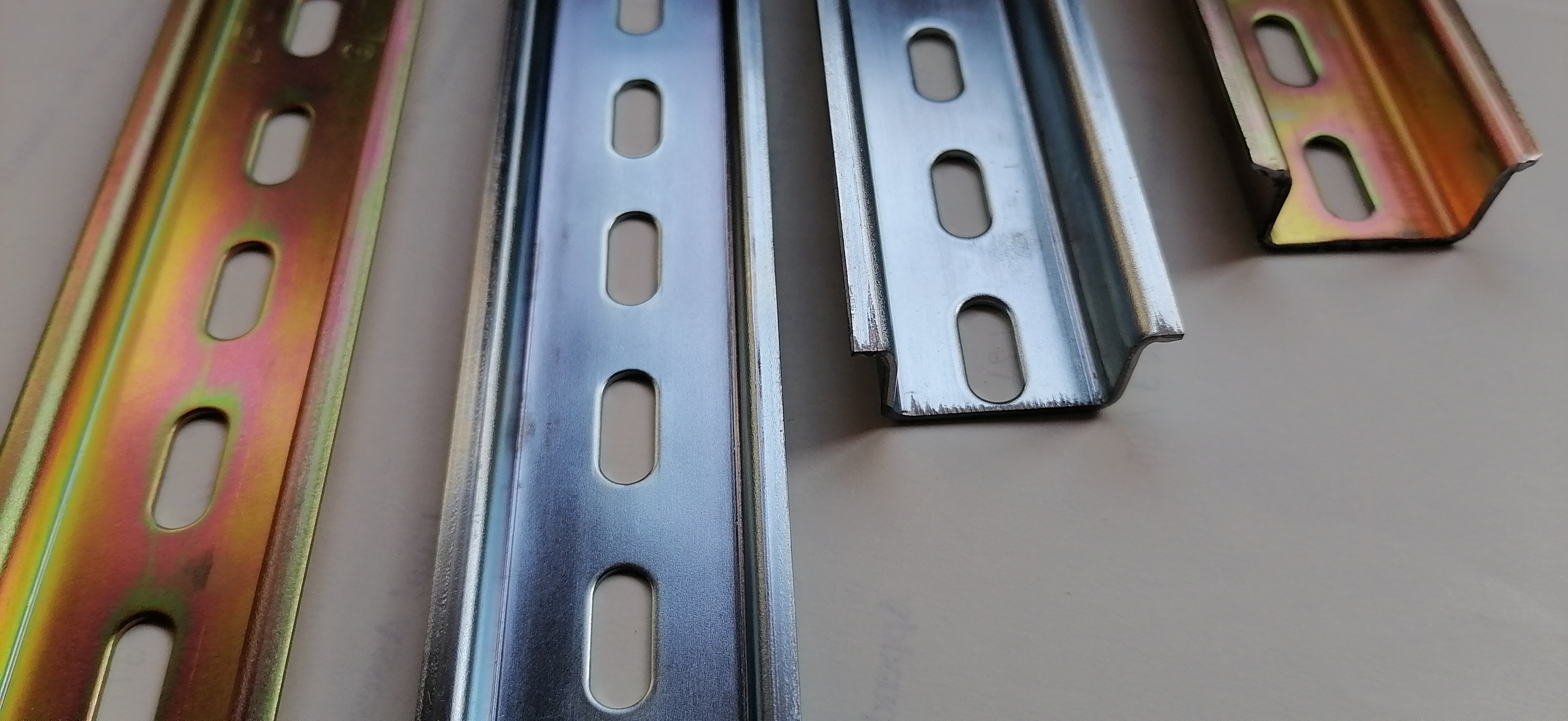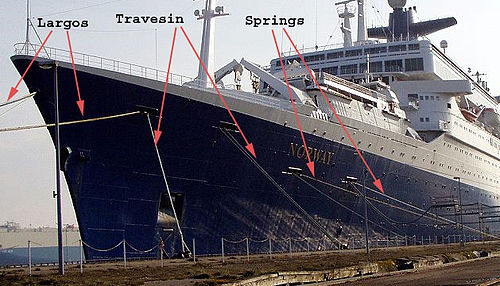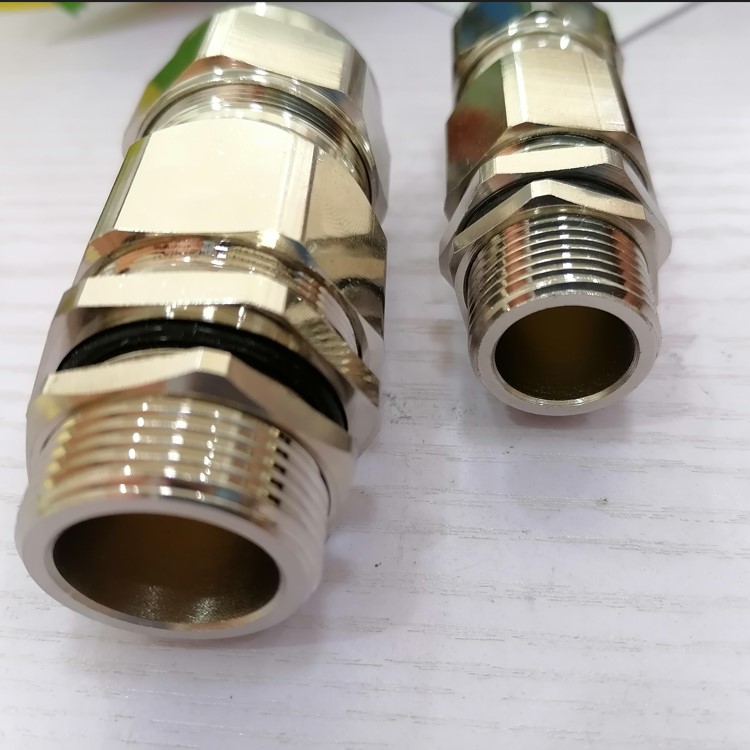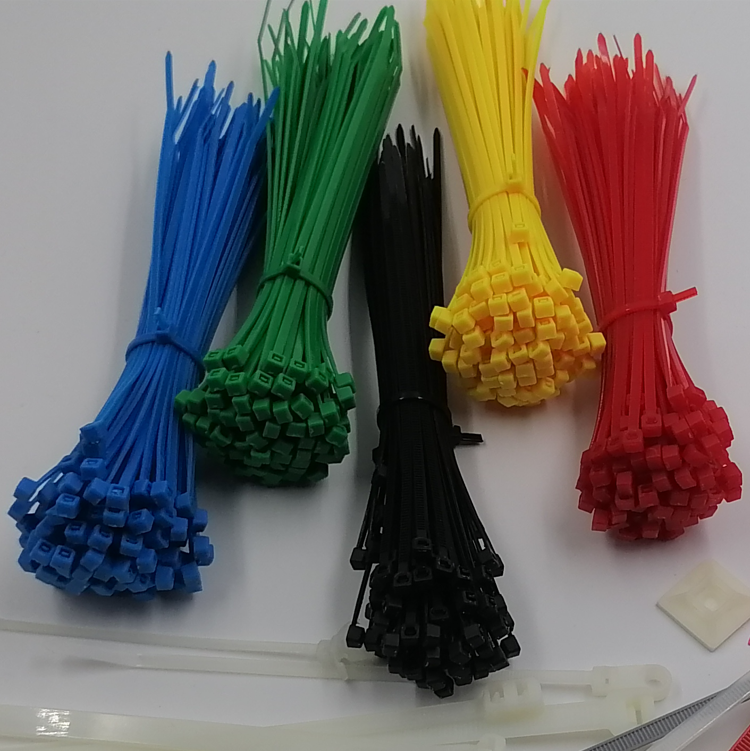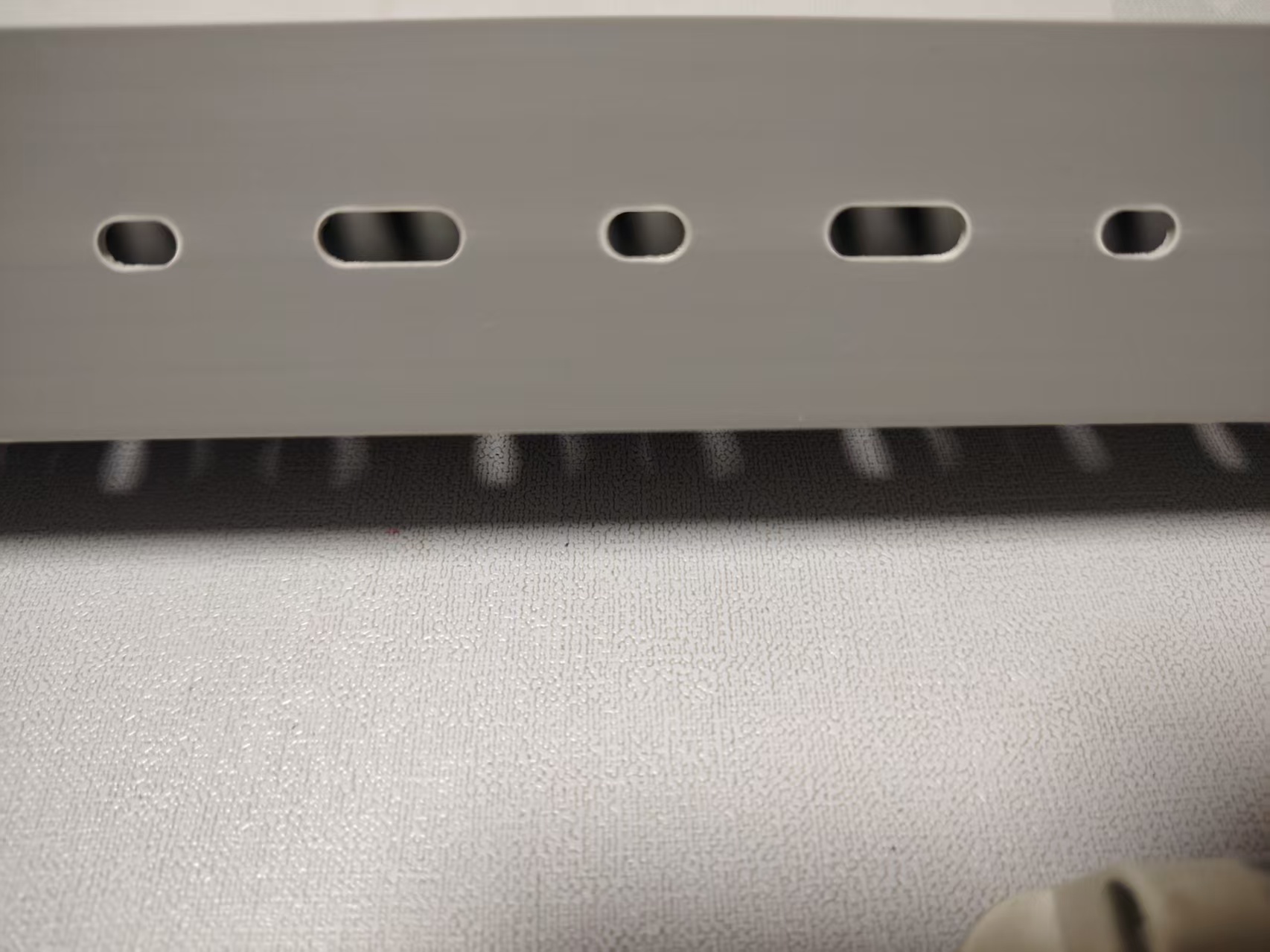Computer cooling is required to remove the waste heat produced by computer components, to keep components within permissible operating temperature limits. Components that are susceptible to temporary malfunction or permanent failure if overheated include integrated circuits such as central processing units (CPUs), chipsets, graphics cards, hard disk drives, and solid state drives.
Components are often designed to generate as little heat as possible, and computers and operating systems may be designed to reduce power consumption and consequent heating according to workload, but more heat may still be produced than can be removed without attention to cooling. Use of heatsinks cooled by airflow reduces the temperature rise produced by a given amount of heat. Attention to patterns of airflow can prevent the development of hotspots. Computer fans are widely used along with heatsink fans to reduce temperature by actively exhausting hot air. There are also other cooling techniques, such as liquid cooling. All modern day processors are designed to cut out or reduce their voltage or clock speed if the internal temperature of the processor exceeds a specified limit. This is generally known as Thermal Throttling in the case of reduction of clock speeds, or Thermal Shutdown in the case of a complete shutdown of the device or system.
Cooling may be designed to reduce the ambient temperature within the case of a computer, such as by exhausting hot air, or to cool a single component or small area (spot cooling). Components commonly individually cooled include the CPU, graphics processing unit (GPU) and the northbridge.
